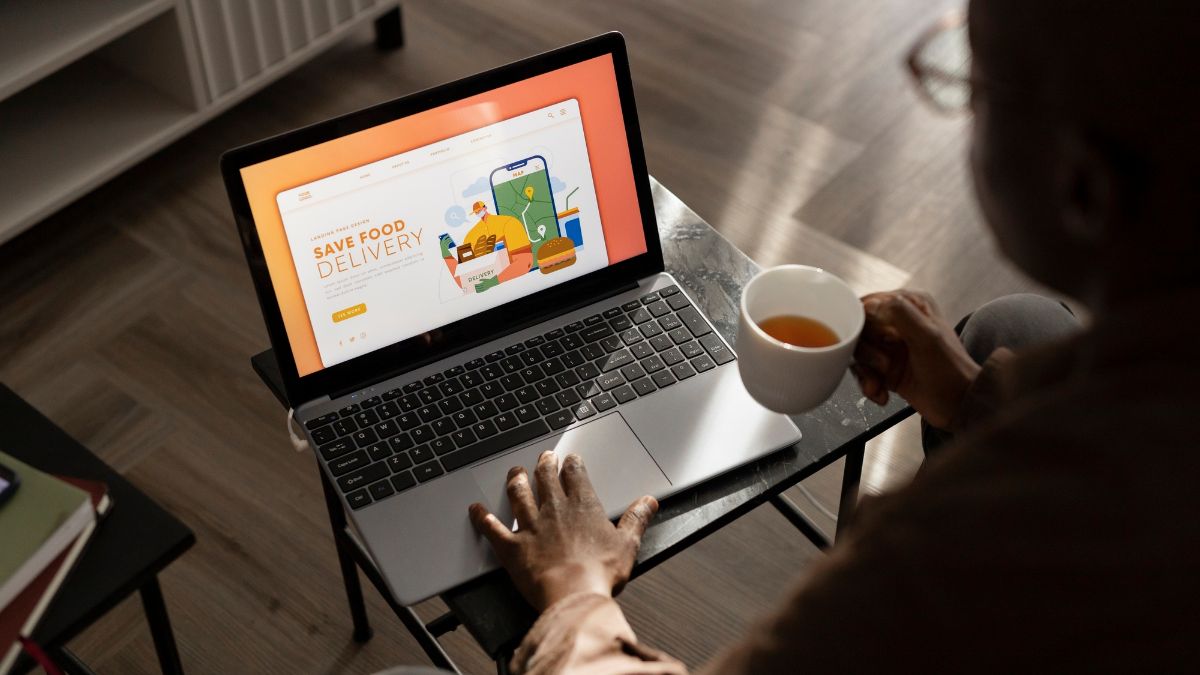
Discover the best ways to make your business site and apps more accessible for people with disabilities in 2023.
Currently, 71% of businesses have a website (Forbes). On top of this, around 62% of businesses have an app or are in the process of developing one (Peak Activity).
What does all of this mean? Simple — business websites and apps are more important than ever before.
Naturally, for maximum brand exposure and sales, you need yours to be accessible to everyone. This includes disabled people. If not, you’re potentially turning away countless customers.
Making your website and apps more accessible can be a little difficult at first. This is especially true if you’re a new business or have only just started to grow. However, with the help of the following tips and tricks, you can make your website and apps more accessible for disabled people. Let’s begin!
Insert Accessibility Overlays
For visitors who require different accessibility options when accessing your website, you can implement accessibility overlays.
What is an overlay? An “overlay” refers to the practice of ensuring a site is fully accessible to everyone. They are created with a Javascript function which is then embedded in the website code. There is a host of overlays online, including customization on text size, spacing, and color.
There are plenty of other options that will be provided to the user, too, such as having audio reading out the text for them. The general idea is that you provide as many different customizable options as possible so that no website visitor is left out.
Here are all overlay facts in one place for you to read through. You can grow your knowledge on the topic and get the information you need to start adding overlays to your business website and app.
Right now, only 2.6% of websites are fully accessible to those who are living with disabilities. However, you can take a huge step forward by implementing accessibility overlays into your business website.
Use Descriptive URLs
As the name suggests, URLs are links that tell the website or app user exactly where they’re going. This is so that disabled users can be provided with proper context in regard to the new website that they’ll be opening. Also, it makes it much easier for disabled users to differentiate the different links that might be included across your website.
Include Alt Tags
Alt tags are specifically designed for visually impaired users. This is the written copy that appears in place of the images on your website. For example, you’re likely going to have tons of different product images on display, right? By adding alt tags to each one of your product images, it’ll ensure that disabled visitors to your website can use the alt tags to understand what’s there if they can’t see it.
Prioritize Headings and Subheadings
Heading and subheadings are especially important for disabled people when they visit your business website or app. The simple reason for this is because they help non-visual users quickly understand how your pages are organized, which ultimately makes navigation much easier.




